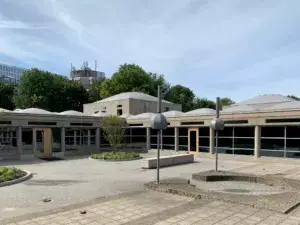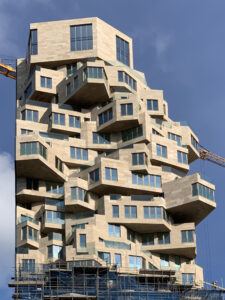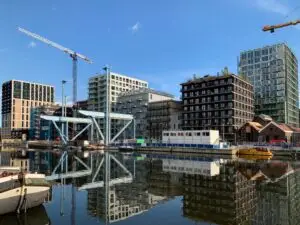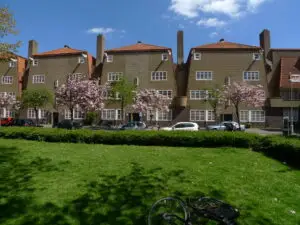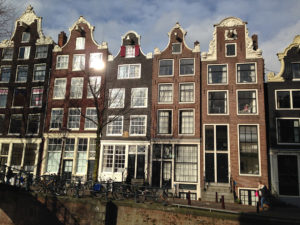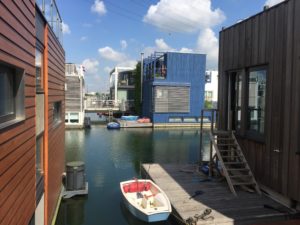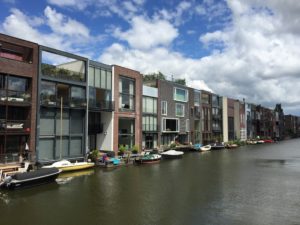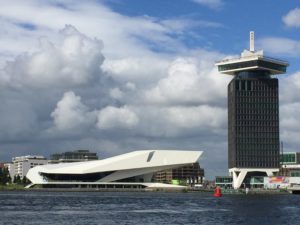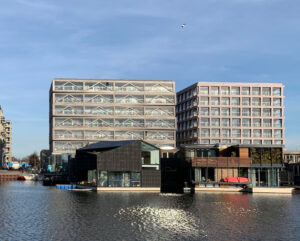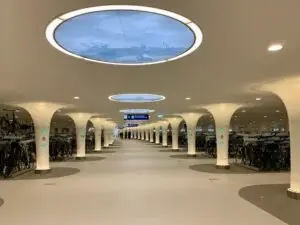100 Years of Housing: from Het Schip to Houthaven
- Amsterdam
- Duration: 3–4 hours
- Date and time to be defined
- max. 25 participants per guide
- Walking
- Contact us for a quote
The Spaarndammerbuurt district is characterised by expressionist buildings of the Amsterdam School. While elsewhere the wealthy were building their villas, in Amsterdam a group of visionary architects, employed by forward-thinking housing associations, were creating ‘palaces for the people’. One hundred years later, they serve as inspiration for new buildings and areas in the neighbouring Houthaven. In the 1920s, workers’ housing was one of the main challenges in Amsterdam. Ambitious young architects built “palaces for the working classes” in Spaarndammerbuurt, including the iconic Het Schip complex. Recently, a new housing block has been inserted into this area which aims to transport the ideals of the 1920s into the 2020s. A few hundred metres north lies the former woodshipping harbour, one of the main new housing districts in Amsterdam. Seven man-made, car-free peninsulas form a ridge structure, lined with a total of 2700 flats, including 20% social rental housing.
Which are the housing issues that Amsterdam faces today? Which innovative solutions and best practice examples are there? How do you not only create dwellings, but neighbourhoods? These are some of the questions that are addressed during this tour.
Tour Programme: 100 Years of Housing
Residential block and museum Het Schip (Michiel de Klerk, 1917–1921)
Residential block Spaarndammerplantsoen, (Michiel de Klerk, 1913–1918)
Housing block Spaarndammerhart (Korth Thielens Architecten, 2021)
- 100% climate neutral joint building ventures by a.o. Marcel Lok, Atelier Puuur, Marc Koehler, Van Dongen Koschuch (2015–2016)
- Residential highrise Pontsteiger (Arons & Gelauff, 2018)


